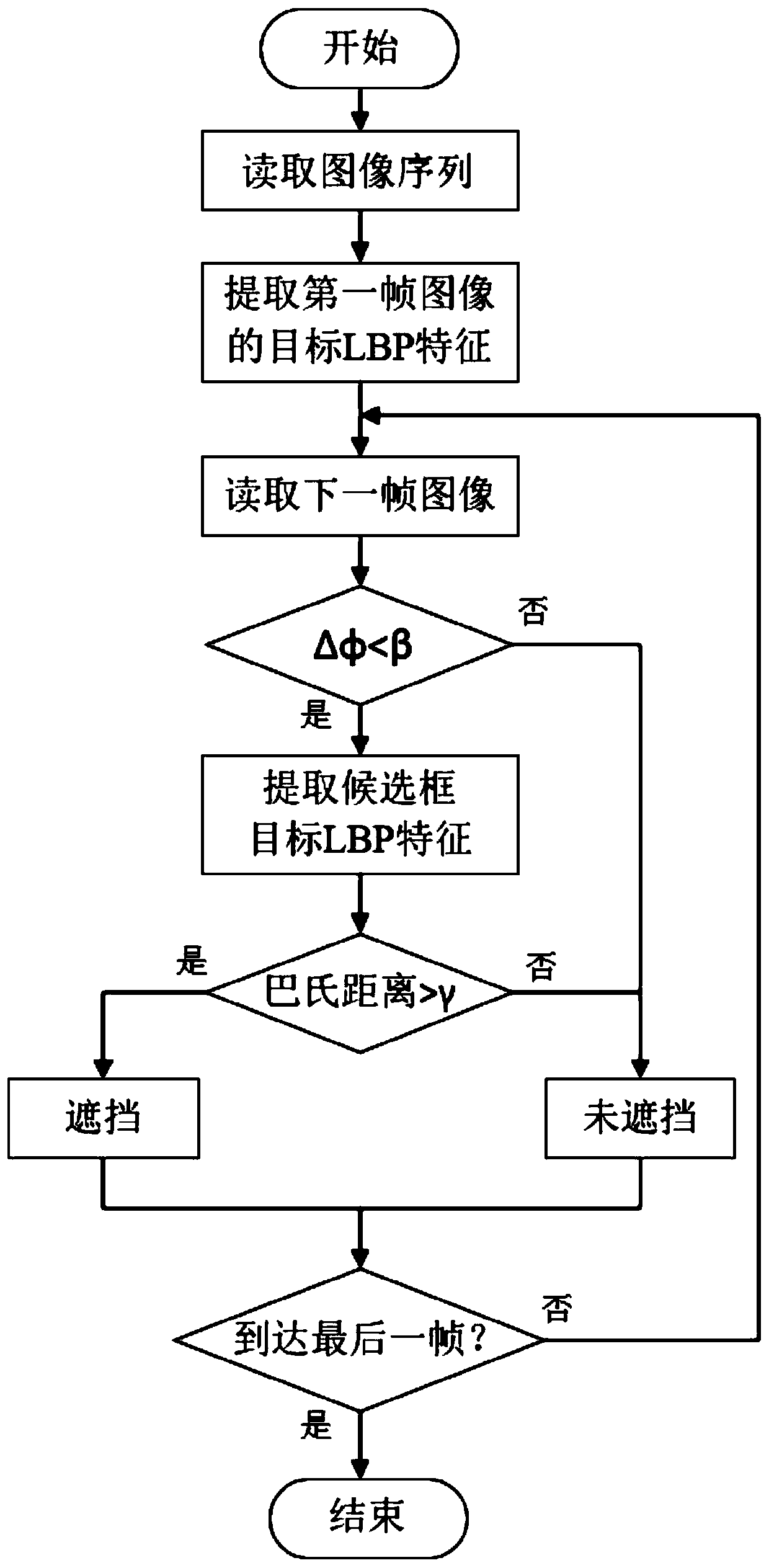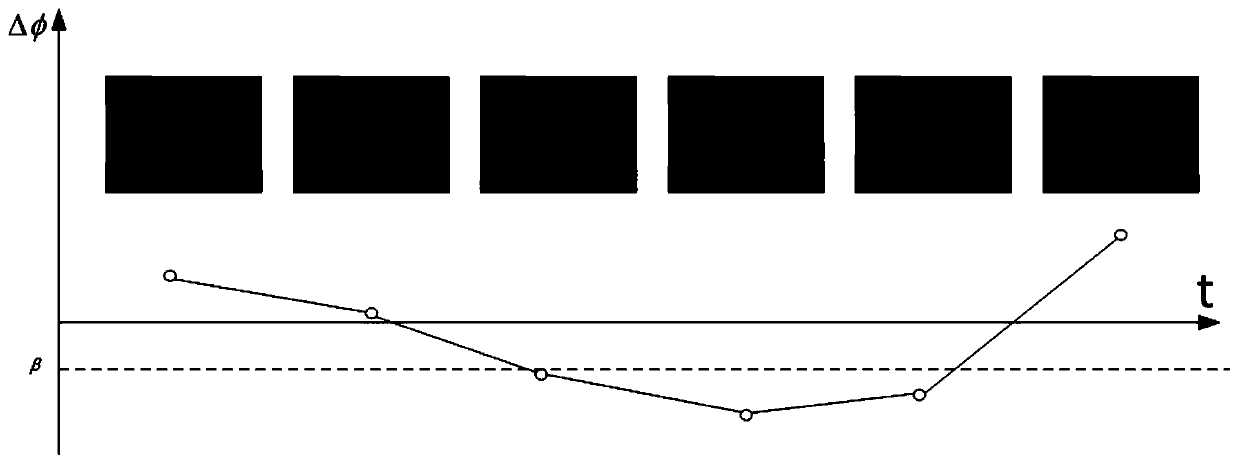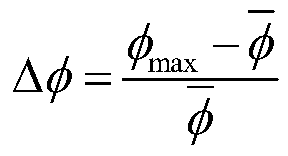Method for judging occlusion in target tracking process
A target tracking and target frame technology, which is applied in the field of target detection and tracking, can solve the problems of decreased confidence, failure to consider the impact of target confidence, and poor judgment results.
- Summary
- Abstract
- Description
- Claims
- Application Information
AI Technical Summary
Problems solved by technology
Method used
Image
Examples
Embodiment Construction
[0024] The specific embodiments of the present invention will be further described below in conjunction with the accompanying drawings.
[0025] The present invention aims to solve the problem of how to accurately judge whether the target is occluded during the target tracking process. In the process of target tracking any frame of video sequence, the matching degree between the candidate frame target and the target model, that is, the confidence, will be calculated. Through The change of confidence can roughly judge whether the target is occluded. On this basis, this paper designs a more robust coarse occlusion judgment method, so that the confidence change rate Δφ during the target tracking process is:
[0026]
[0027] where φ is the confidence function, φ max (t) is the value with the highest confidence in the target candidate box predicted by frame t, is the average confidence value of the target during tracking:
[0028]
[0029] Under this condition, a constan...
PUM
 Login to View More
Login to View More Abstract
Description
Claims
Application Information
 Login to View More
Login to View More - R&D
- Intellectual Property
- Life Sciences
- Materials
- Tech Scout
- Unparalleled Data Quality
- Higher Quality Content
- 60% Fewer Hallucinations
Browse by: Latest US Patents, China's latest patents, Technical Efficacy Thesaurus, Application Domain, Technology Topic, Popular Technical Reports.
© 2025 PatSnap. All rights reserved.Legal|Privacy policy|Modern Slavery Act Transparency Statement|Sitemap|About US| Contact US: help@patsnap.com



